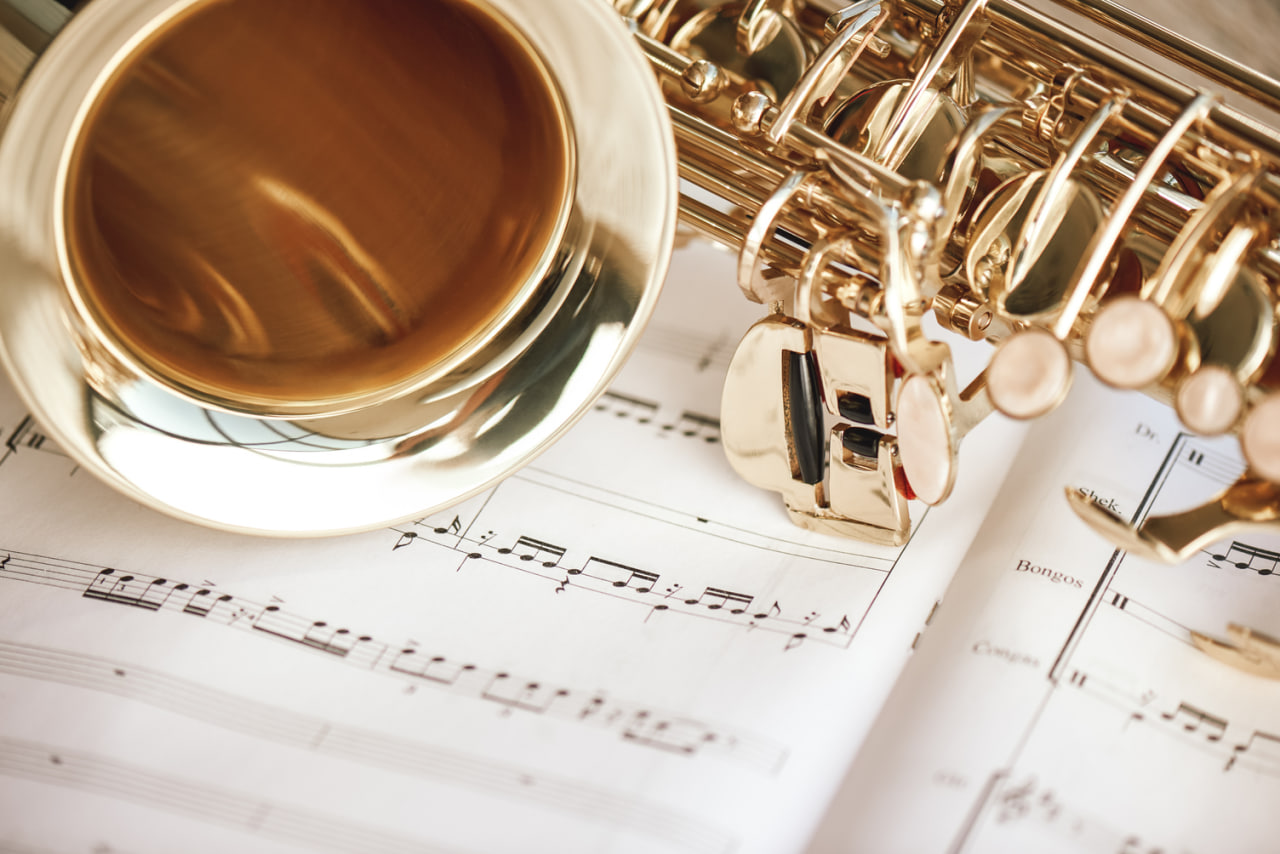Jazz, Pop, or Classical? Choosing the Right Saxophone Style for You
When you first start learning the saxophone, one of the most exciting decisions you’ll make is choosing the musical style you want to focus on. The saxophone is a uniquely versatile instrument—it blends into multiple genres with ease and brings a rich, expressive tone that fits everything from smooth jazz to bold classical to energetic pop. But how do you decide which path is right for you?
There’s no wrong choice, and the good news is that you can explore multiple styles over time. Still, understanding what each genre offers—and what kind of player it brings out in you—can help you find the most fulfilling direction to begin your saxophone journey.
Exploring the Soul of Jazz Saxophone
Jazz and saxophone are nearly inseparable. From smoky ballads to fast-paced bebop, jazz allows saxophonists to explore improvisation, creativity, and personal expression like no other genre. If you’ve ever heard the smooth phrasing of John Coltrane or the cool swing of Stan Getz, you’ve felt the power of jazz.
Jazz focuses heavily on feel and flexibility. It’s not just about reading notes; it’s about interpreting them, bending them, and even ignoring them when the moment calls for it. You’ll learn scales, but more importantly, you’ll learn how to use those scales to create your own voice. Improvisation becomes a core part of your skillset, and playing with others in jam sessions or ensembles becomes a thrilling experience.
Jazz suits players who are curious, expressive, and open to musical exploration. It’s ideal for those who don’t want to play the same way every time and who enjoy freedom over rigidity.
Classical Saxophone: Discipline, Beauty, and Precision
Though jazz often steals the spotlight, the saxophone has a strong and elegant presence in classical music as well. Classical saxophone performance emphasizes tone quality, articulation, phrasing, and technical control. It demands precision and rewards dedication with a beautifully structured form of musical expression.
You’ll spend time perfecting etudes, mastering technique, and interpreting works by composers like Glazunov, Debussy, or Ibert. Classical study also often includes ensemble work in wind bands or saxophone quartets, which teaches you how to blend and balance with others.
Classical saxophone is ideal for students who appreciate structure, detail, and mastery of technique. It appeals to those who find satisfaction in clean execution and a deep understanding of musical form.
The Modern Energy of Pop and Contemporary Styles
If you’re drawn to mainstream music, radio hits, or even YouTube covers, the pop saxophone style may be your perfect match. From energetic solos in pop and funk bands to melodic backing lines in R&B and electronic music, the saxophone brings emotion and intensity to the modern stage.
Pop saxophone focuses on versatility. You might learn to play by ear, follow chord charts, or adapt melodies to your own arrangements. You’ll encounter music from artists like David Bowie, Bruno Mars, or even newer EDM and indie acts that feature sax solos or backing riffs. The genre rewards showmanship and expression over rigid technical rules.
This style is great for players who want to entertain, perform, and adapt quickly. It’s particularly appealing to those who enjoy performing for others and connecting with a wide audience in a relatable, recognizable way.
How to Choose the Right Style for You
Start by listening. Spend some time with recordings from each genre and notice which ones excite you the most. Ask yourself: Do I want to create my own solos, or do I prefer playing from sheet music? Do I enjoy disciplined practice routines, or am I more inspired by jamming with others? Am I looking for creative freedom, technical challenge, or performance energy?
You don’t have to choose just one forever. Many saxophonists start in one style and explore others as they grow. In fact, learning multiple genres can make you a more well-rounded and skilled musician overall.
Consider starting with the genre that feels most inspiring to you now. That emotional connection is often the best motivator for consistent practice and progress.
Finding the Right Teacher or Course for Your Style
Not all saxophone teachers specialize in every genre, so finding instruction that matches your chosen style is important. If you’re drawn to jazz, look for teachers who focus on improvisation and theory. If classical is your path, find someone with experience in conservatory-style training. For pop and contemporary, a flexible and modern approach with attention to ear training and stylistic nuance is key.
At Saxo Aura, we offer personalized paths for every player, no matter which style speaks to you. Our instructors come from diverse musical backgrounds and help guide students in the direction that fits their goals, personality, and musical taste.
Your Style, Your Sound
Choosing your saxophone style is about finding your voice. Jazz, pop, and classical each offer unique experiences, techniques, and rewards. There’s no single best option—only the one that aligns with who you are and how you want to express yourself.
Music is not about fitting into a box. It’s about expanding your identity through sound. Whichever style you choose to begin with, the saxophone will grow with you, support your creativity, and give you a lifelong source of confidence, challenge, and joy.

